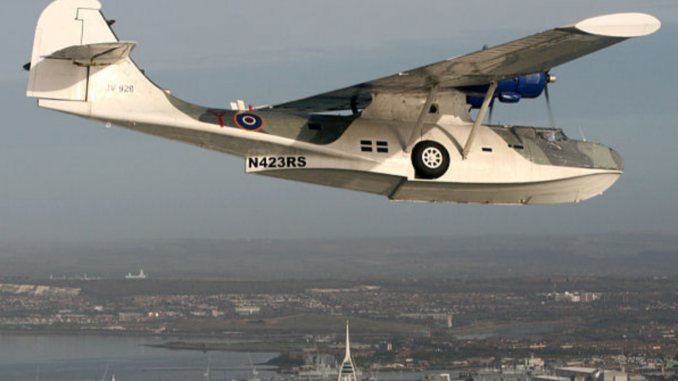
by Luc Zipkin
Without a doubt, World War II fighters and bombers are fantastic machines. As they once were critical to the war effort, they are now critical to preserving the memory of the brave men and women who fought in this global battle, too. Walk around any air show, and it’s easy to see; the Tuskegee Airmen, the Doolittle Raid, Memphis Belle, and more are passionately commemorated by many thoughtful and active flying museums and private individuals. Indeed, many of us will be fortunate enough to see a gathering of Corsairs at this year’s EAA AirVenture Oshkosh. But in recent years, as operating and acquisition costs for fighters and other warbirds have risen due to a variety of cultural and market factors, some organizations have found a new opportunity to honor the service of those whose stories only rarely made it to Hollywood. Today, a strong contingent of transport, liaison, and training aircraft form a growing proportion of the types which are actively flown by volunteer-led museums – of which the Tunison Foundation in Oxford, Connecticut is a great example.
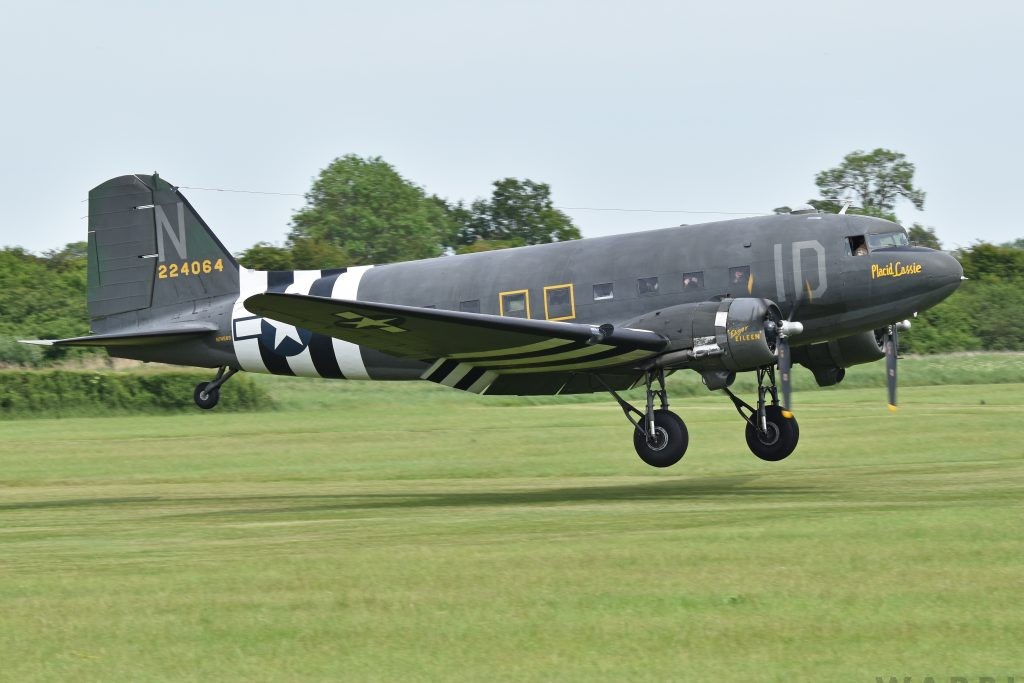
Like many warbirds today, Placid Lassie would not be airworthy were it not for her rescue spurred on by one passionate private individual. Lassie, the Foundation’s 1943-built Douglas C-47 Skytrain, served in WWII Operations Neptune, Market Garden, Repulse, and Varsity; in other words, she is a combat veteran with a significant to her name. Until rescued by James Lyle, a New York-based British businessman, Lassie lay derelict in Covington, Georgia. When he purchased the C-47 in 2010, Lyle was already fascinated by interesting aircraft. An active pilot with a particular passion for amphibious flight, he purchased a Consolidated PBY Catalina project in 2008, amongst other amphibians. Although the C-47’s restoration to wartime configuration took place relatively quickly, with the Skytrain making it to Normandy in time for D-Day’s 70th anniversary, her owner’s personal life underwent changes over time and he eventually chose to step away from warbird flying. His C-47 and PBY moved on to the then-new Tunison Foundation in 2017, which intended to preserve and operate both aircraft.
By 2019, commemorative festivities for the 75th anniversary of D-Day were in full swing, with the Tunison crew at the head of the U.S. contingent of C-47s – 15 in total – which crossed the Atlantic for the occasion. The project was a success, with few mechanical issues and resulted in many flights over historic sites and interactions with thousands of Europeans grateful for America’s contribution to the war effort. Upon their return to the U.S.A. in July 2019, the Tunison Foundation’s crew set about creating a DC-3/C-47 operators support group; the Foundation started to use the Normandy trip as a launchpad for a more secure future for Placid Lassie and the PBY, which included a permanent hangar. Lassie had lived outdoors, mostly, since about 2018, shifting between Fort Pierce and New Smyrna Beach, Florida, Oxford, Connecticut, and eventually Schenectady and Albany, New York – never a good thing for an antique airplane. Fate, however, had other plans, with the Covid-19 pandemic canceling Oshkosh and many other events crucial to the survival of the warbird industry; a great deal of momentum was lost as a result.
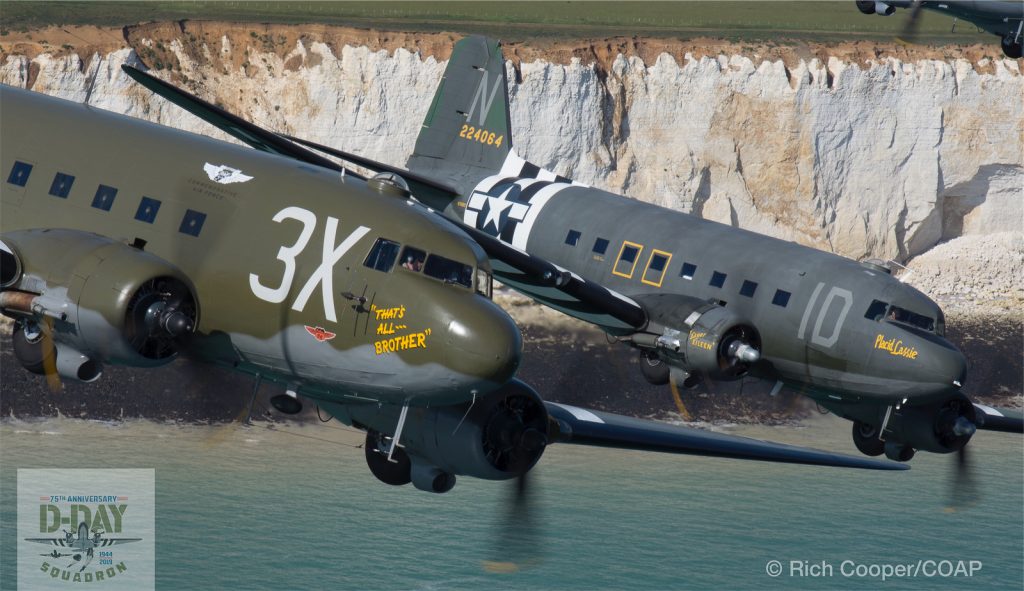
Fast-forward to 2022, however, and things began looking up again. With the Foundation making a conscious effort to grow its volunteer corps, a new group of passionate people became involved in the preservation and operation of Placid Lassie – almost 100 fresh faces in total. In the fall, a hangar became available in Poughkeepsie, New York, and the Foundation jumped at the chance to secure it. The C-47 could now get in-depth maintenance attention and a permanent home!
The PBY, however, was still languishing in New Smyrna Beach, Florida, sitting outside with less of a chance of survival and airworthiness every day she lay in the salty Floridian air. The team cringed to think about the potential corrosion issue which they might find upon returning her to New York. Although it could prove to be a great opportunity to preserve another lesser-told story, as in the case of the C-47, the Catalina restoration project would clearly be a huge lift! For one, they are huge aircraft, with a wingspan of 104 feet and a gross weight of over 35,000 pounds, and the type possesses numerous mechanically complex and difficult-to-source components. While the team felt fairly confident that they could operate the aircraft in her eventual airworthy state thanks to several multi-engine seaplane-rated pilots being in the group and lots of experience working with Pratt & Whitney R-1830-92 engines, the volunteers who had restored Placid Lassie a decade earlier had by this time left the group – leaving the team without the experience of a major restoration project. Money and time, too, were going to be huge hurdles to overcome. Estimates for the restoration timeline and budget burgeoned to US$1 million over 10 years. It quickly became clear to the Tunison crew that this could become a daunting proposition if not managed properly.
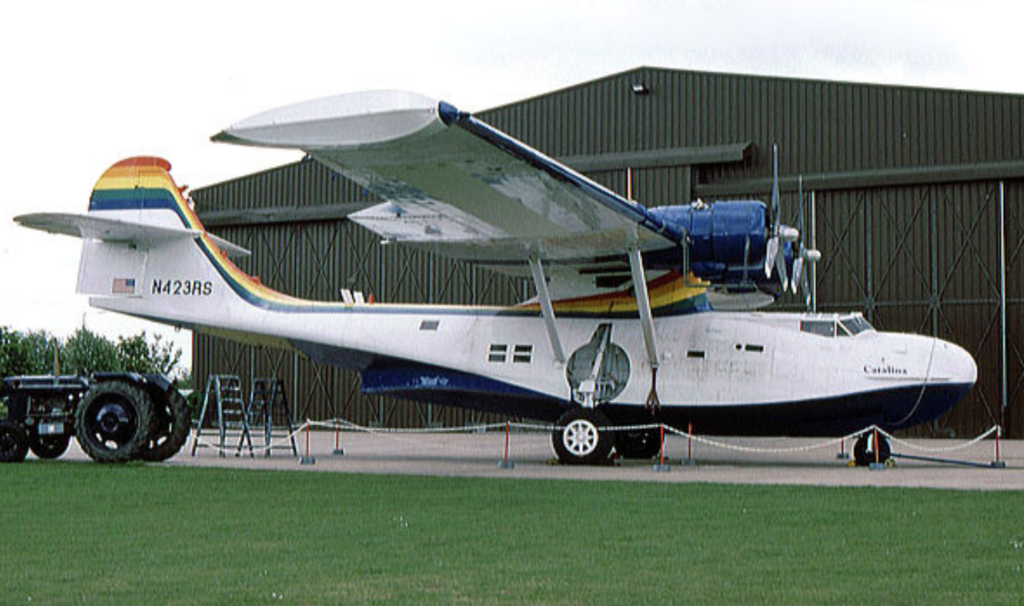
Beyond the scope of the restoration, the Catalina itself was something of an enigma. Manufactured in 1943 at Consolidated’s plant in San Diego, California, PBY-5A Calatina BuNo 48423 served with VPB-73 out of Floyd Bennett Field in Brooklyn, New York during 1944 and 1945, before performing air-sea rescue operations out of San Juan, Puerto Rico until 1946. Like many PBYs, she ended up in storage for a decade and then passed through a variety of Canadian survey companies until about 1997.
Although BuNo 48423 lacks the same kind of distinguished identity and combat provenance as Placid Lassie, she too has had her moment of fame. In 1997, she was purchased by a company associated with Greenpeace, an environmental advocacy group. For several years, the Catalina served the enviro-warriors as a reconnaissance aircraft helping police overfishing practices in the Mediterranean in rather spectacular fashion, with a huge rainbow on the tail and “Greenpeace” emblazoned on her sides.
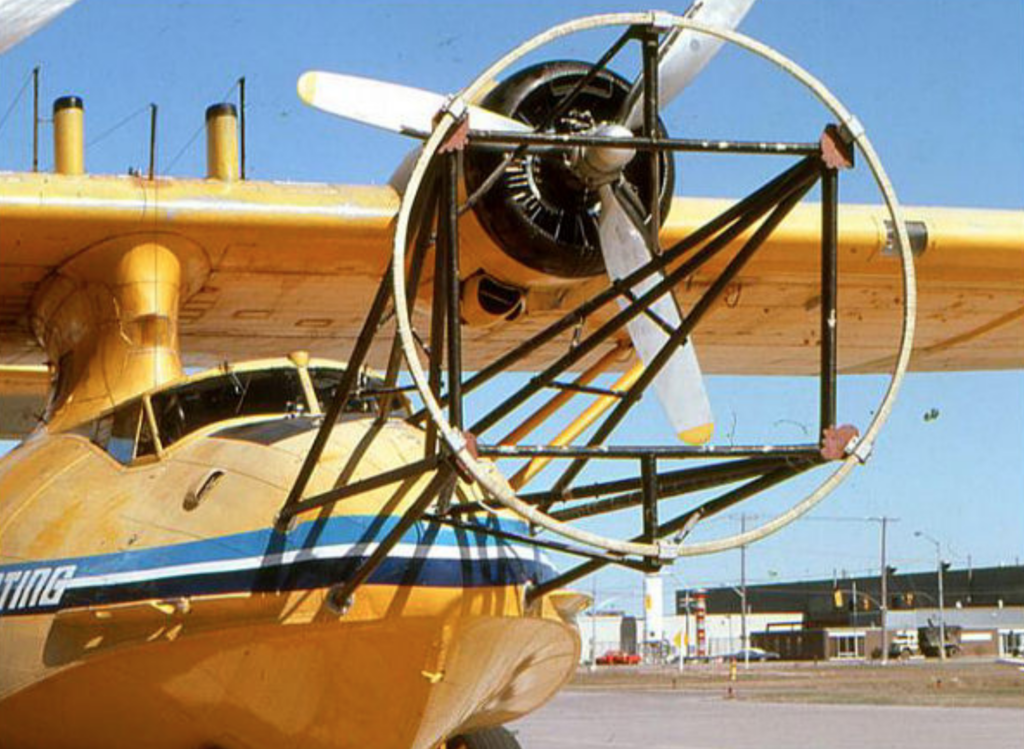
Unsurprisingly, there was soon a newspaper exposé in Europe and Greenpeace quickly did away with the PBY. Following this, the PBY lay dormant in Duxford, England for a number of years, changing hands repeatedly and generally deteriorating despite several efforts to restore the airframe. It is believed that this PBY has flown only three times since 1998. While James Lyle sponsored restoration efforts for the PBY, first at Lee on Solent, then later at North Weald and Biggin Hill, he decided to change direction in 2015, choosing to restore the aircraft in North America. As a result, he relocated the PBY to Florida, where the project sadly lost momentum. When Tunison took ownership, the fledgling Foundation could not support both a massive restoration project and the operation of the C-47, so the Catalina continued to sit in Florida.
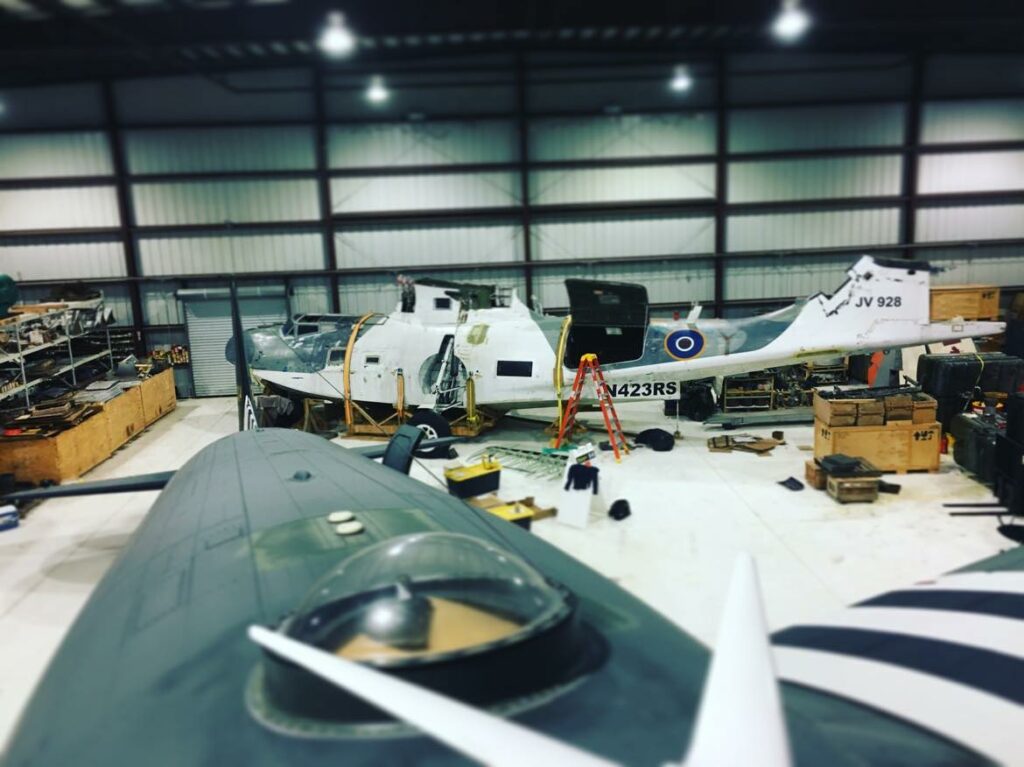
However, the new hangar in Poughkeepsie has raised new possibilities for the project! The passionate new corps of volunteers set about moving the aircraft and a mountain of spare parts from Florida to New York – no small endeavor! First, a particularly hardworking, heat and humidity-resistant contingent of volunteers loaded thousands of components, ranging from all manner of hardware and fittings to entire, crated Pratt & Whitney R-1830s, into six full tractor trailers for the journey north. Donations began to trickle in, and the money was soon put to good use. The two most promising core R-1830 engines made their way to J & E Aircraft Co. (a noted radial engine overhaul shop in Miami, Florida) for evaluation pending the completion of the airframe.
The aircraft’s center section, consisting essentially of the pylon on which the wings rest and the middle part of the wings from the center of the aircraft out to the engine nacelles, had significant corrosion and was judged to be nearly unsalvageable. As a result, it was traded for a potentially airworthy section with the Collings Foundation of Stow, Massachusetts. The center section was promptly dispatched for restoration to Charles “Tuna” Hainline in Houston, Texas. Through the winter of 2022-2023, the team made progress sorting through the huge cache of PBY parts at the hangar in New York, with the biggest hurdle being shipping the PBY fuselage north from Florida. After months of negotiating with trucking companies and the issuing of oversize transport permits for numerous states, the flying boat finally made its way out of Florida. Work on Catalina’s restoration is planned to begin this summer, with the eventual hope being the production of an airworthy (and seaworthy) aircraft that can tour and fly for extensive periods. The Catalina would be joining the small class of around 15 airworthy examples commemorating the service of this unique type.
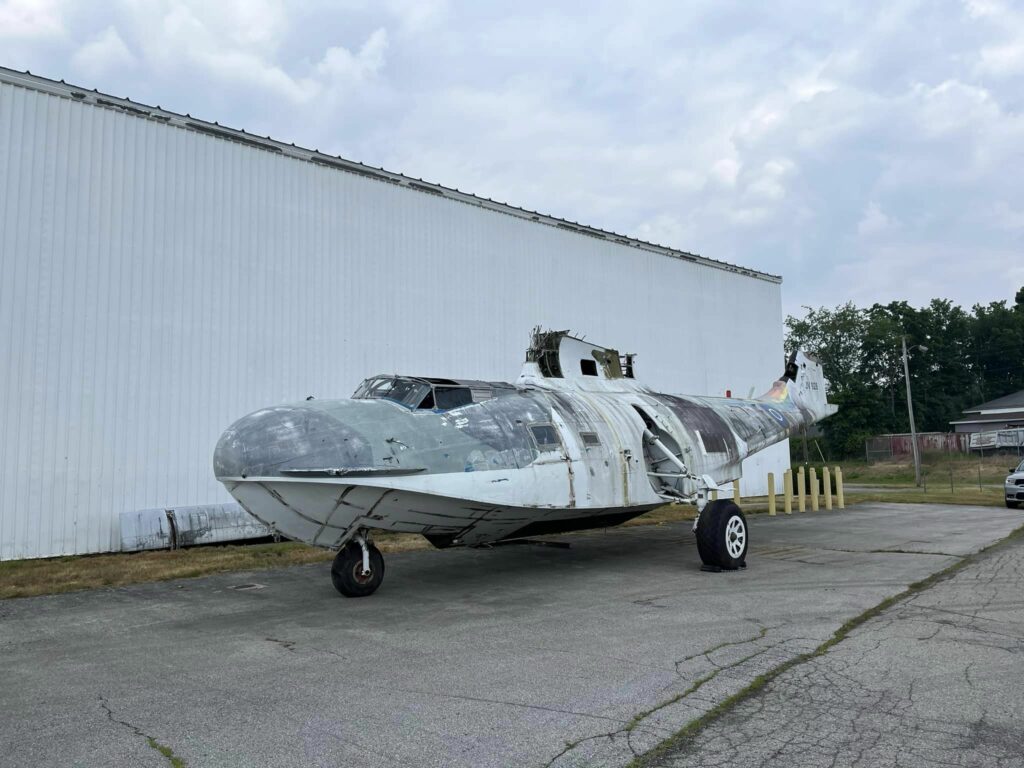
While the Foundation has yet to choose a Catalina identity or type of service to commemorate this restoration, their earnest effort is already an example of the shift taking place in the warbird industry. As fighters and bombers become prized collectors’ items, we as warbird enthusiasts are increasingly reliant on the transports, search-and-rescue, liaison, and trainer aircraft to interact with our shared history.
Thankfully, organizations like the Tunison Foundation are responding with thoughtful, passionate, and authentic restorations which will return the emblems of the Greatest Generation’s sacrifice to the skies. The compelling story of the Tunison PBY means that the Foundation has already raised more than $500,000 – or half of the estimated $1 million restoration cost. They will still need lots of help from all of us though, not to mention the dedication of numerous volunteers to bring another example of this under-appreciated airplane to the skies! To support the Tunison Foundation and this restoration, visit www.tunisonfoundation.org
Born in Milan, Italy, Moreno moved to the U.S. in 1999 to pursue a career as a commercial pilot. His aviation passion began early, inspired by his uncle, an F-104 Starfighter Crew Chief, and his father, a military traffic controller. Childhood adventures included camping outside military bases and watching planes at Aeroporto Linate. In 1999, he relocated to Atlanta, Georgia, to obtain his commercial pilot license, a move that became permanent. With 24 years in the U.S., he now flies full-time for a Part 91 business aviation company in Atlanta. He is actively involved with the Commemorative Air Force, the D-Day Squadron, and other aviation organizations. He enjoys life with his supportive wife and three wonderful children.


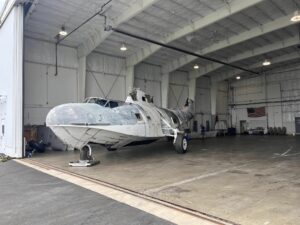
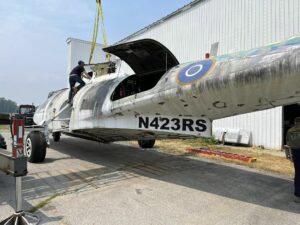

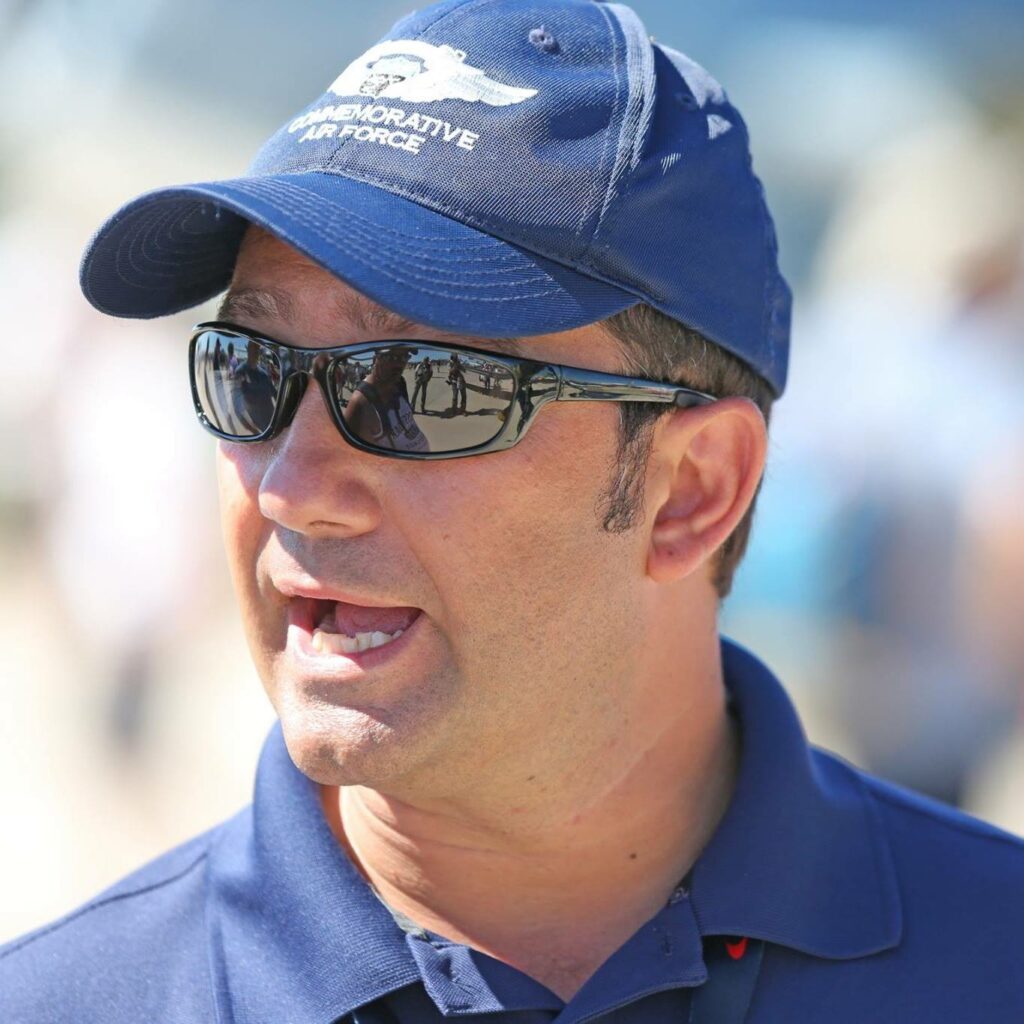
Be the first to comment
Graphic Design, Branding and Aviation Art